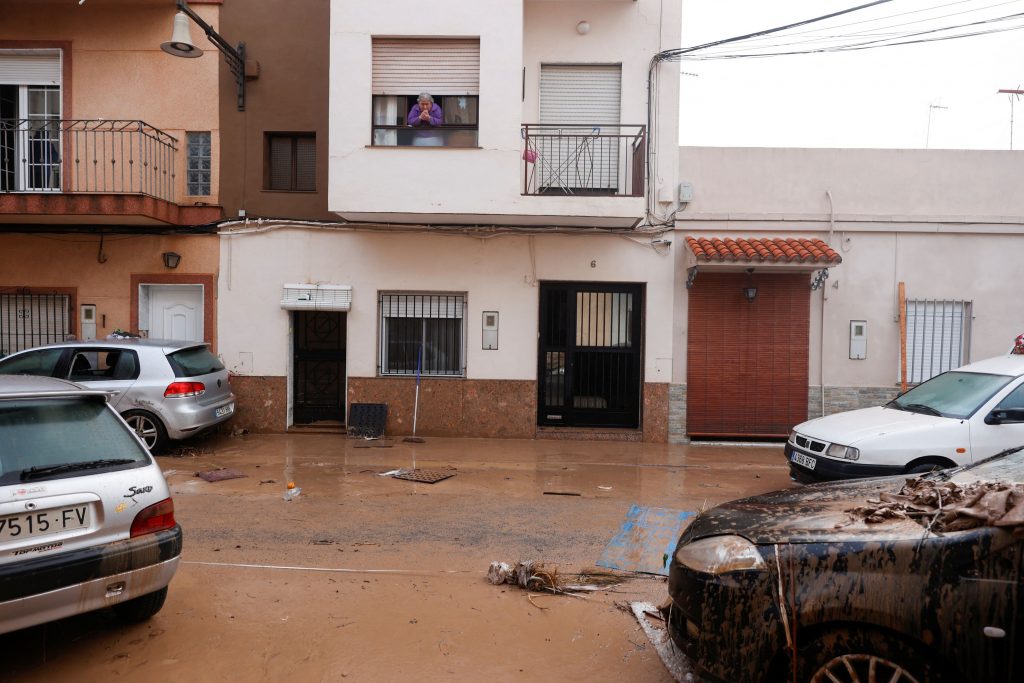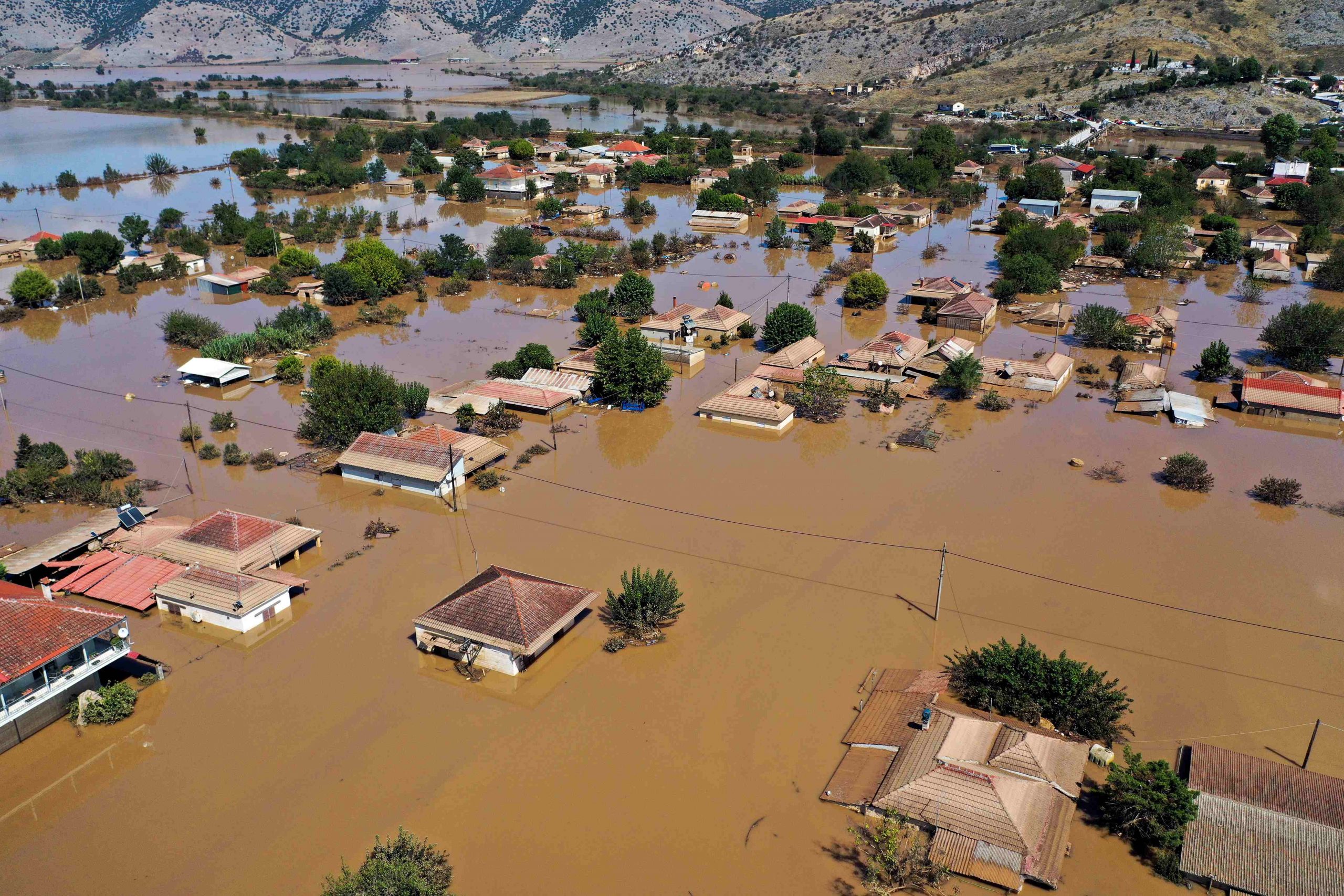Europe faced in 2024 the most extensive floods recorded in the region since 2013, with 30% of the continent’s rivers overflowing—even as record-high temperatures were also observed, according to the report by the European Copernicus Observatory in collaboration with the World Meteorological Organization.
At least 335 people lost their lives due to the floods in Europe in 2024, while more than 410,000 were affected, the two organizations stated in a joint announcement.
Western Europe was hit hardest, with 2024 being the tenth wettest year the region has seen since 1950, when records began. Storms and floods also caused material damages amounting to $18 billion.
“These are the most extensive floods” that Europe has experienced “since 2013,” emphasized Samantha Burgess of the European Centre for Medium-Range Weather Forecasts (ECMWF) during a press conference.
These disasters occurred during the warmest year ever recorded globally, and the warmest for Europe as well, and demonstrate that a hotter planet absorbing more water from the atmosphere leads to more violent rainfall and flooding.
“Every additional tenth of a degree in temperature matters because it increases the risks to our lives, our economies, and our planet,” emphasized Celeste Saulo of the World Meteorological Organization.
In September, due to Storm Boris, an amount of rain that typically falls over three months came down in just five days, leading to severe floods and material damage in eight Central and Eastern European countries.

A woman looks out a window above a mud-covered street after torrential rains caused flooding in La Alcudia, Valencia region, Spain, October 30, 2024. REUTERS/Eva Manez TPX IMAGES OF THE DAY
A month later, strong storms fueled by warm, humid winds from the Mediterranean caused torrential rain in Spain, resulting in major destruction in Valencia and the deaths of 232 people.
Almost every month of 2024 saw serious flooding in Europe:
January in Britain
February in northern Spain
March and May in northern France
June in Germany and Switzerland
At the same time, Southeastern Europe experienced the longest-lasting heatwave ever recorded, lasting a total of 13 days. Sweden’s glaciers shrank at the fastest rates ever observed, and heat stress among the continent’s population increased.
According to Burgess, “this contrast” is not directly linked to climate change, but rather to opposing pressure systems that influence clouds and moisture transport.

General shots of Lake Karla after freshwater fish from the lake washed up on the coastline of Pagasitikos gulf. Lake Karla, Thessaly, August 29, 2024. / Εικόνες απο τη λίμνη Κάρλα μερικές μέρες αφου ψάρια του γλυκού νερού από την λίμνη ξεβράστηκαν στην ακτογραμμή του Παγασητικού κόλπου. Λίμνη Κάρλα, 29 Αυγούστου 2024.
However, the storms of 2024 “were likely more violent due to the warmer and more humid atmosphere,” she explained. “With climate change, we are seeing more frequent and more extreme weather events,” she added.
This also confirms the climate forecasts of the IPCC (UN Intergovernmental Panel on Climate Change), which has identified Europe as one of the regions in the world where the risk of flooding is expected to rise most due to global warming.
Since the 1980s, Europe’s temperature has been rising twice as fast as the global average. It is “the fastest-warming continent” and has become one of the climate crisis “hotspots,” emphasized Florence Rabier, Director of ECMWF.
“It is urgent that we act because the severity of the risk is expected to reach critical or catastrophic levels by mid- to late-century,” reminded Andrew Ferrone, EU Scientific Coordinator to the UN Framework Convention on Climate Change (UNFCCC).
Only half of European cities have developed adaptation plans to deal with extreme weather events such as heatwaves and floods. “This represents encouraging progress compared to 2018,” when only 18% of European cities were prepared, the report notes.
Source: BHMA Green






